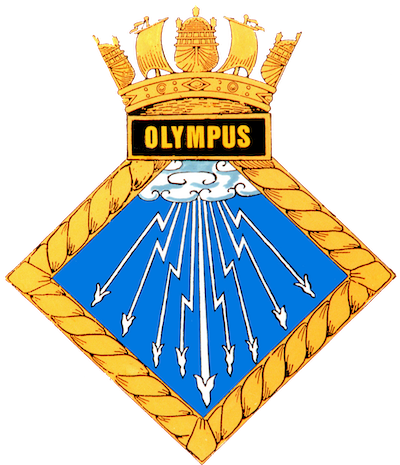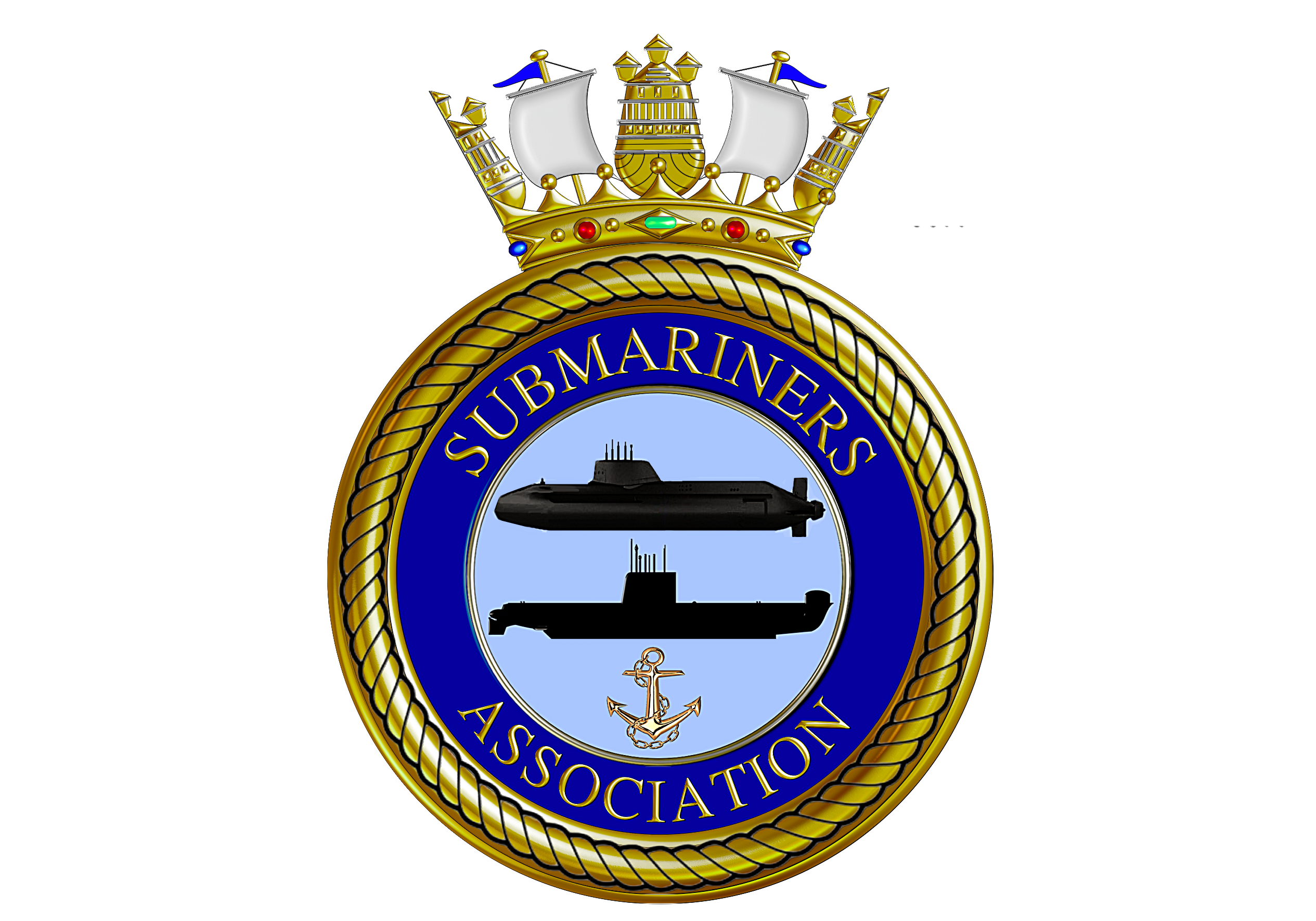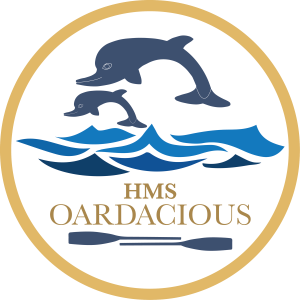HMS
OLYMPUS
(1928
-
1942)


HMS OLYMPUS (Lt Cdr H G Dymott) conducted several War Patrols in the Indian Ocean during 1939 and early 1940 while operating out of Colombo, although one of her more notable previous operations had involved an attempt to find the German Pocket Battleship GRAF SPEE. During that period, Olympus suffered a series of mechanical faults, possibly due to faulty lubricants loaded in South America and she was forced into Durban, South Africa, for repairs. This proved to be a recurrent problem that dogged her almost until the end.
On being transferred to the Mediterranean to operate from Malta in April 1940, OLYMPUS passed through Port Said on 1 May 1940 and arrived at Malta on 7 May. This was a hugely eventful period in the Mediterranean war theatre at this time in history and HMS OLYMPUS played her part in offensive war patrols, ferrying much needed supplies to the battered and beleaguered base (HMS TALBOT – home of the 10th Submarine Flotilla), convoy escort duties and even returned to UK briefly for repairs to those persistent mechanical defects.
HMS OLYMPUS sailed from Malta on 8 May 1942 with parts of crews of HMS PANDORA, HMS P35, HMS P36 and HMS P39 on board: 11 officers and 87 ratings‚ 98 people in all.
OLYMPUS was lost after striking a mine on that fateful day, just six miles out of Valletta Harbour. The tragedy was deepened by the large number of passengers onboard. The submarine did not sink immediately, and many aboard were able to abandon ship safely and set off swimming towards Malta. However, only nine survived out of 98 crew and passengers.
Still greater poignancy accrues from the fact that HMS OLYMPUS was mined in the same minefield which accounted for HMS URGE only a few days before, and the wrecks are not far apart. Leading Stoker James Alfred Jackman DSM, who was lost in OLYMPUS, was a cousin of CPO Charley Jackman DSM*, the Coxswain of URGE, so the Jackman family were hit by two losses due to the same minefield in the space of less than two weeks.
For an account of the HMS OLYMPUS’s career, loss and discovery of the wreck, see “HMS Olympus: a tale of tragedy and heroes”





Readers may wish to read the following extracts from my article ‘Lest We Forget – 80 years ago this day”.
Remembering HM Submarine Olympus, lost off Malta 8 May 1942, with the loss of 89 lives – the greatest RN submarine tragedy of the Second World War. This article has been uploaded to the website of the Friends of the Submarine Museum, 12 May 2022.
Extracts:
HMS Olympus was an Odin class submarine, designed for long-distance patrolling and measuring 84 metres in length and 9 metres in beam, launched in December 1928. Her Second World War patrols in the Far East and Mediterranean are well documented on the website uboat.net, sourced from Admiralty records in The National Archives.
She had arrived in Malta from Gibraltar (under command of Lt Cdr Herbert George Dymott, RN) on 3 May 1942 on her fifth ‘magic carpet’ storage trip to the Island in six months, carrying essential fuel and torpedoes. During these first six critical months of 1942, as Kesselring’s Luftwaffe pounded the Island relentlessly in preparation for invasion in the summer, Allied convoys were unable to reach Malta. Three merchant ships managed to arrive in harbour in January, but only two merchant ship cargoes were successfully unloaded in February – July due to the tempo and ferocity of Luftwaffe bombing.
HMS Olympus departed Malta for the return trip to Gibraltar under cover of darkness in the early hours of 8 May. She was carrying on board the surviving crews of three other submarines (P39, P36 and HMS Pandora) that had been sunk by heavy enemy bombing in harbour between 26 March and 1 April. While trying to avoid newly laid minefields (some 54,000 mines were reportedly laid by the Italians in Malta’s waters) she tragically hit a mine on the surface some seven miles off Valletta and sank shortly afterwards.
Though many of the 98 men on board succeeded in leaving the submarine alive, they could not manage to fire her gun or set off distress flares in the few minutes available to them to attract the attention of coastal observers, who in any case might have been distracted by the ongoing air raid. No search-and-rescue craft were despatched. Only nine crew members survived the long and chilly swim to shore. It took the survivors some five hours to swim to safety. The bodies of ten crew members were later washed ashore and buried at Capuccini Naval Cemetery, Kalkara.
The wreck of HMS Olympus was finally discovered in 2011, lying upright on sandy mud at a depth of 115 metres, during a systematic high-frequency sonar survey of the seabed by a team led by Timothy Gambin, Professor of Maritime Archaeology at the University of Malta, in approximate position 35º55’N, 14º35’E. Images taken by a remotely operated vehicle (ROV) confirmed that the wreck was indeed of HMS Olympus. Professor Gambin recounted the story of HMS Olympus and its discovery in the annual Andrew Vella Memorial Lecture at the University of Malta in December 2013, publishing this in detail in Storja 2015, the re-launched journal of the Malta University Historical Society. (See: HMS Olympus: A Tale of Tragedy and Heroics. Storja 2015 (University of Malta), pp.111-120.)
An international team led by Professor Gambin returned to dive on the wreck for the 75th anniversary of the sinking, in May 2017, placing a memorial plaque next to the conning tower in remembrance of those who lost their lives in this tragic event.